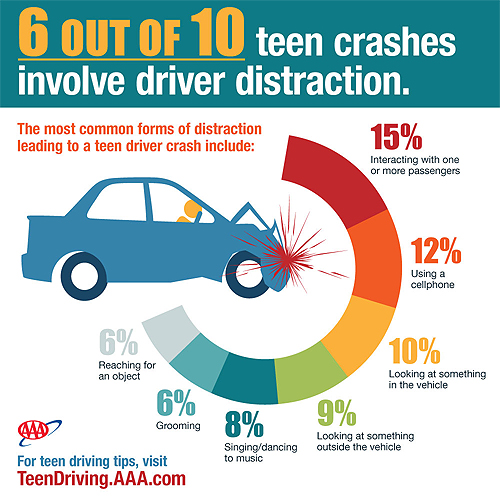

The results of this study are not necessarily saying all conversations with a driver are dangerous. They were unable to notice hazards on the sides of the road or in adjacent lanes.įor a free legal consultation, call (614) 538-1116 Why Hands-Free Phone Calls are Different than In-Car Conversations
#DRIVING STATISTICS BY UNDISTRACTED DRIVERS DRIVERS#
The phenomena called “visual tunnelling,” caused the drivers to focus their attention on only a small portion of the road directly in front of them. The researchers tracked the eye movements of all participants and found that the distracted participants’ showed significantly reduced peripheral vision. Often looked directly at hazards but failed to see and react to them.Identified and reacted to fewer hazards.Showed slower reaction times to hazards.Half of the distracted participants received questions that encouraged them to visualize the query to determine the answer, while the other half received questions that required no visualization. The study, published in the Transportation Research journal, featured participants driving in a video simulation while researchers measured their reactions to various stimuli.Ī portion of the participants was engaged in answering true or false questions while the other portion was undistracted. Researchers at the University of Sussex studied the effects carrying on a conversation with a hands-free device has on driving. Study Reveals Hands-Free Phone Calls Are No Less Dangerous While legislators may think hands-free is the optimal solution for reducing distracted drivers, new evidence has come to light regarding the safety of hands-free phone calls. According to the Insurance Institute for Highway Safety (IIHS), 14 states currently have bans on hand-held phone use, making only hands-free talking while driving legal. Ohio state laws ban cell phone use for texting while driving, but surprisingly not for hand-held use when making a call.


 0 kommentar(er)
0 kommentar(er)
